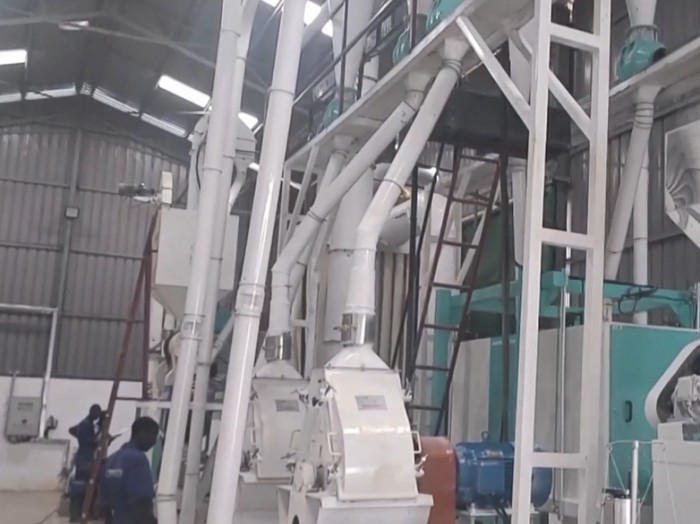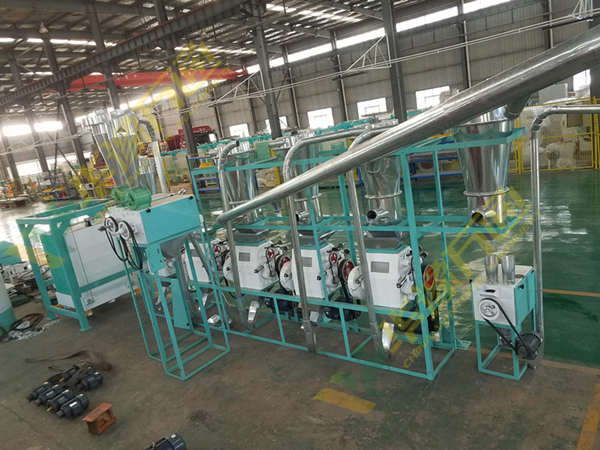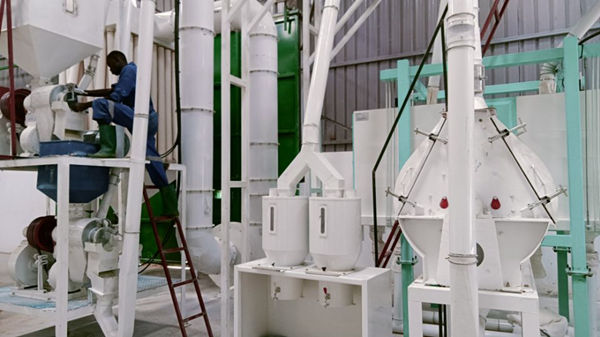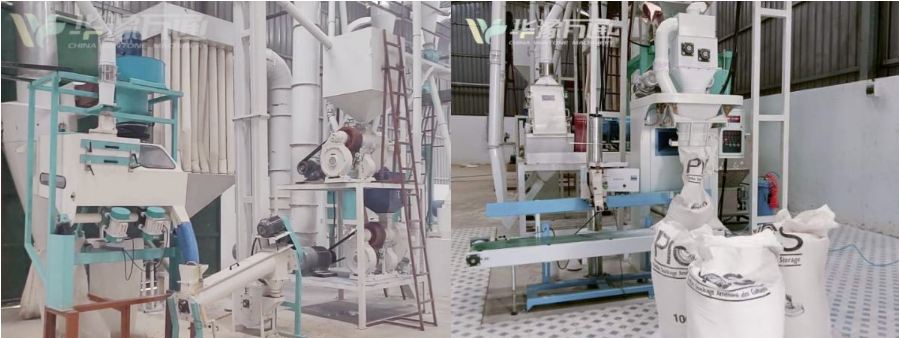Maximizing Profitability in Animal Feed Production with Efficient Maize Milling Plants
Introduction:
The animal feed industry relies heavily on efficient and reliable maize milling plants to produce high-quality feed. With the advancements in technology and the introduction of automated systems, these plants are now capable of achieving unprecedented levels of efficiency and capacity. In this article, we will explore the various ways in which modern maize milling plants can maximize profitability in animal feed production.
1. Increased Efficiency:
Modern maize milling plants are equipped with advanced technology that allows for a more efficient milling process. These plants utilize high-capacity milling equipment that can process a greater quantity of maize in a shorter period of time. This increased efficiency not only speeds up the production process but also reduces the energy consumption and operational costs associated with feed production.
2. Enhanced Production Capacity:
One of the key advantages of modern maize milling plants is their ability to handle large volumes of maize effectively. These plants are designed with high production capacities, allowing feed producers to meet the growing demand for animal feed in the market. With the ability to produce a greater quantity of feed in a single batch, maize milling plants can significantly increase the overall production capacity of feed milling operations.
3. Improved Product Quality:
The advanced milling technology used in modern maize milling plants ensures a superior quality end product. These plants are designed to minimize particle size variation, resulting in a fine and uniform texture in the feed. The consistent quality of the feed will attract more customers and help build a strong reputation for the feed producer in the market.
4. Automation and Integration:
Modern maize milling plants incorporate automation and integration technologies that streamline the entire feed production process. Automated systems and intelligent controls allow for seamless coordination between different stages of production, reducing the need for manual intervention and minimizing the risk of human error. This automation not only improves the efficiency of the plant but also enhances the overall safety and working conditions for employees.
5. Cost Savings:
The implementation of modern maize milling plants can lead to significant cost savings for feed producers. The increased efficiency and capacity of these plants result in reduced energy consumption and operational costs. Additionally, the automation and integration of these plants help minimize labor costs and improve productivity. With lower costs and higher production volumes, feed producers can achieve better profitability margins in the market.
6. Sustainability:
Modern maize milling plants also prioritize sustainability, which is increasingly important in the feed industry. These plants are designed to minimize waste and reduce their environmental footprint. The efficient milling process ensures less maize is wasted during production, while the implementation of energy-saving technologies helps reduce overall energy consumption. By adopting sustainable practices, feed producers can appeal to environmentally conscious customers and contribute to a more sustainable future.
Conclusion:
Modern maize milling plants offer unparalleled efficiency, capacity, and profitability for animal feed production. With advanced technology, high production capacities, and automated systems, these plants can revolutionize the feed industry. By investing in modern maize milling plants, feed producers can achieve cost savings, enhance product quality, and prioritize sustainability, ultimately maximizing their profitability in the market.



